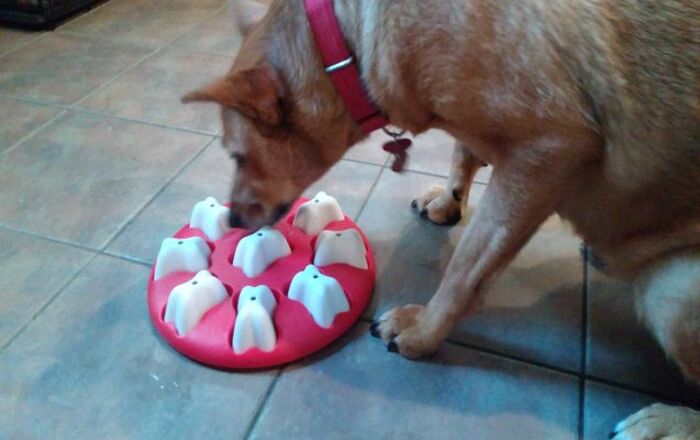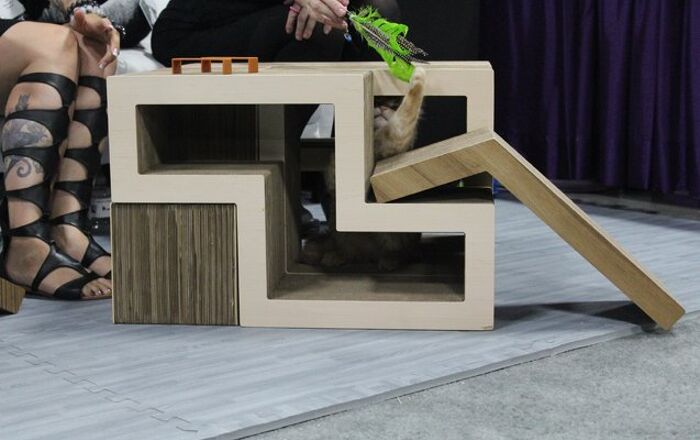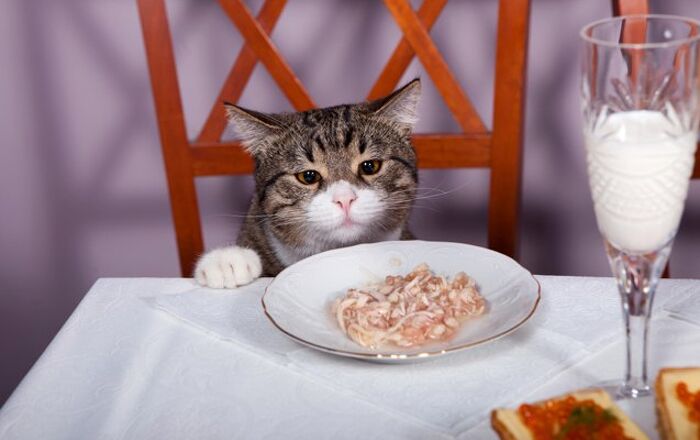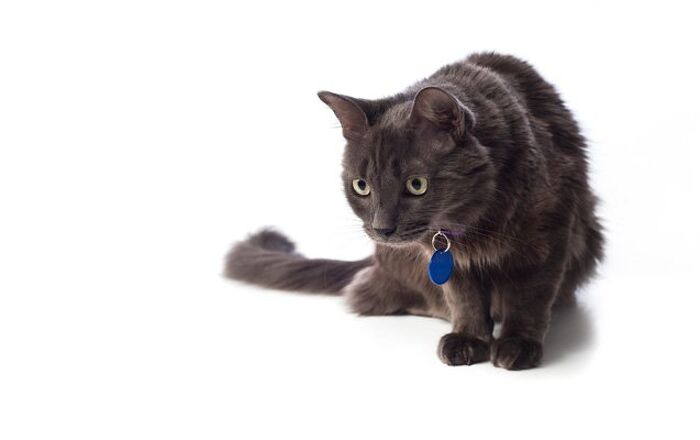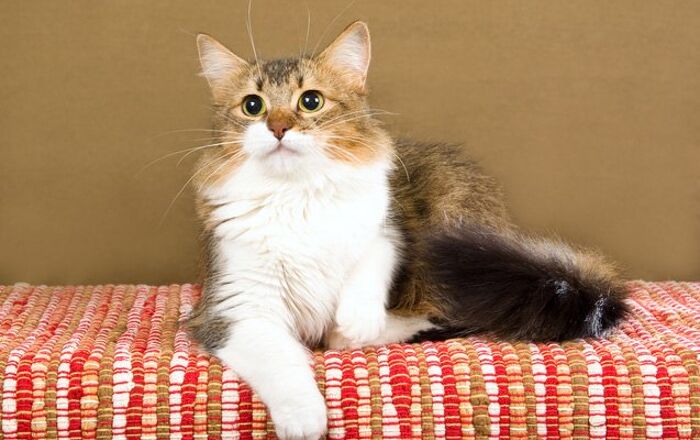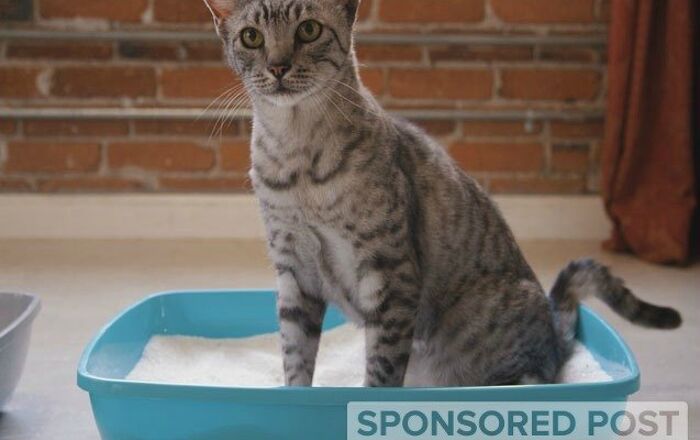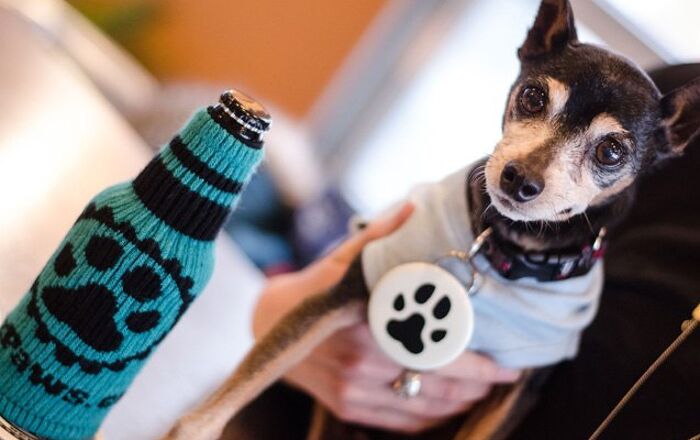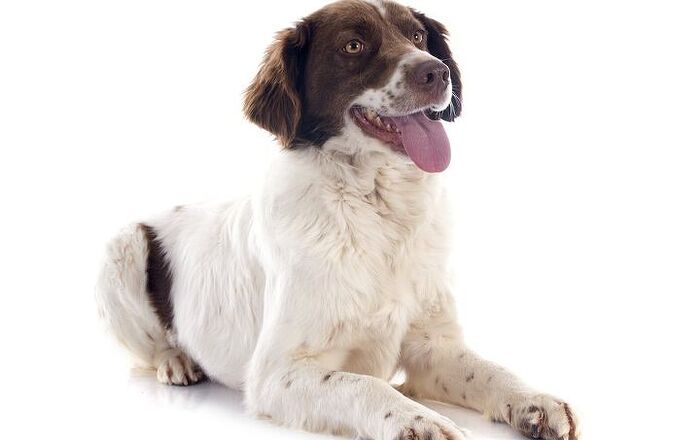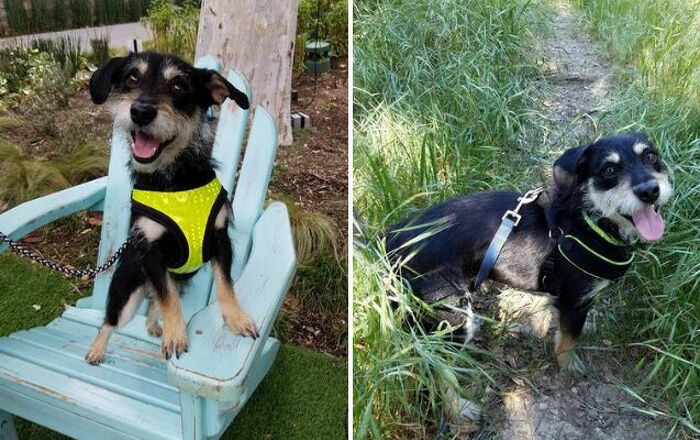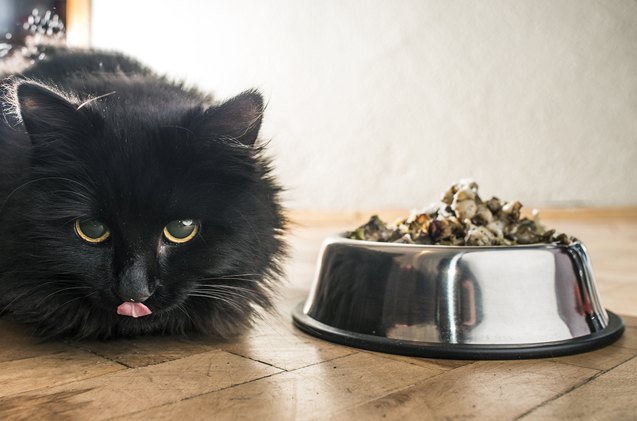
The term “Fat Cat” isn’t reserved for shifty politicians. If your cat looks a little too round for her own good, it’s time to evaluate how much you’re feeding her.
In addition to the type of food that you feed to your cat, you also need to figure out how much food you should be giving her every day. Ultimately, every cat is different, and how much your cat needs will depend upon factors like age, size, medical condition, how much exercise she gets, her metabolic rate, and even the temperature in her environment.
Figuring out how much to feed your cat also becomes more complicated when you consider the fact that the same volume of various foods may contain different numbers of calories and nutrients.
To get a general idea of how much food you should give to your cat every day, check out the following tips.
Related:What’s Wrong With Feeding Your Cat Kibble?
Start with the Feeding Guide on a Cat Food Label
Look for the feeding guide on the label of your cat’s food to get a rough idea of how much of that food your cat will need. These guides will be based upon weight, and they’ll tell you how much you should feed your cat every day, not at every meal.
Although this is a good starting point, there are other things you should do to ensure you’re feeding the right amount of food to your kitty.
Related:How To Read A Cat Food Label
Kittens Need More Food than Adults
According to Cornell University College of Veterinary Medicine, a kitten will need more food per pound of weight in order to grow big and healthy, so you’ll need to feed your kitten more often every day.
As a general guideline, kittens up to six months old might need three meals each day, whereas those aged six months and up may be fine with two meals a day. Adult cats one year or older can be fed once or twice daily, and senior cats aged seven and up can also maintain this schedule.
Assess Your Pet’s Body Condition
It’s a good idea to assess your pet’s body condition every couple of weeks so that you can adjust the amount of food you’re feeding as necessary. This will help you find the ideal amount of food that will maintain your pet’s healthy body condition. Your cat shouldn’t be too fat or too thin.
Determine your cat’s body condition by first checking her ribs. Place your thumbs on your pet’s backbone and then spread your hands across her rib cage. You should be able to feel your cat’s ribs with a little bit of fat layered over the bones. If you can’t feel the ribs at all, your cat is overweight, but if you feel the ribs too much, your cat is underweight.
Next, take a look at your cat’s abdomen from the side of the body. Ideally, you should find that it’s tucked up behind her ribs. You can also check your cat from overhead to ensure that there’s a waistline behind her ribs. Too much tuck and too thin of a waistline means your cat needs to gain weight. Too little shape means your cat is overweight.
Reduce Dry Food if Also Feeding Wet Food
If you’re feeding your cat a combination of dry and wet food and you find that your kitty needs to lose some weight, you can reduce the amount of dry food that you provide throughout the day to prevent overfeeding.
Some Common Feeding Mistakes
Overfeeding is a common mistake pet parents make. Although every pet is different, the general rule is that a cat needs an average of about 24 to 35 calories per pound each day. Cats who consume a lot of calories but are too sedentary will end up gaining weight. Therefore, avoid overfeeding your kitty, and also make sure that she gets some much-needed exercise to stay in shape.
You can also avoid overfeeding by not free feeding, particularly if your cat can’t exercise self-control. Offering several small meals throughout the day may help you better control how much your cat eats, and it may also make her feel less hungry.
Talk to Your Vet
The best way to know exactly how much to feed your cat every day is to talk to your vet, as he/she knows your kitty best and can give you the recommendations that will work for your particular cat, especially if your pet suffers from a health condition.
